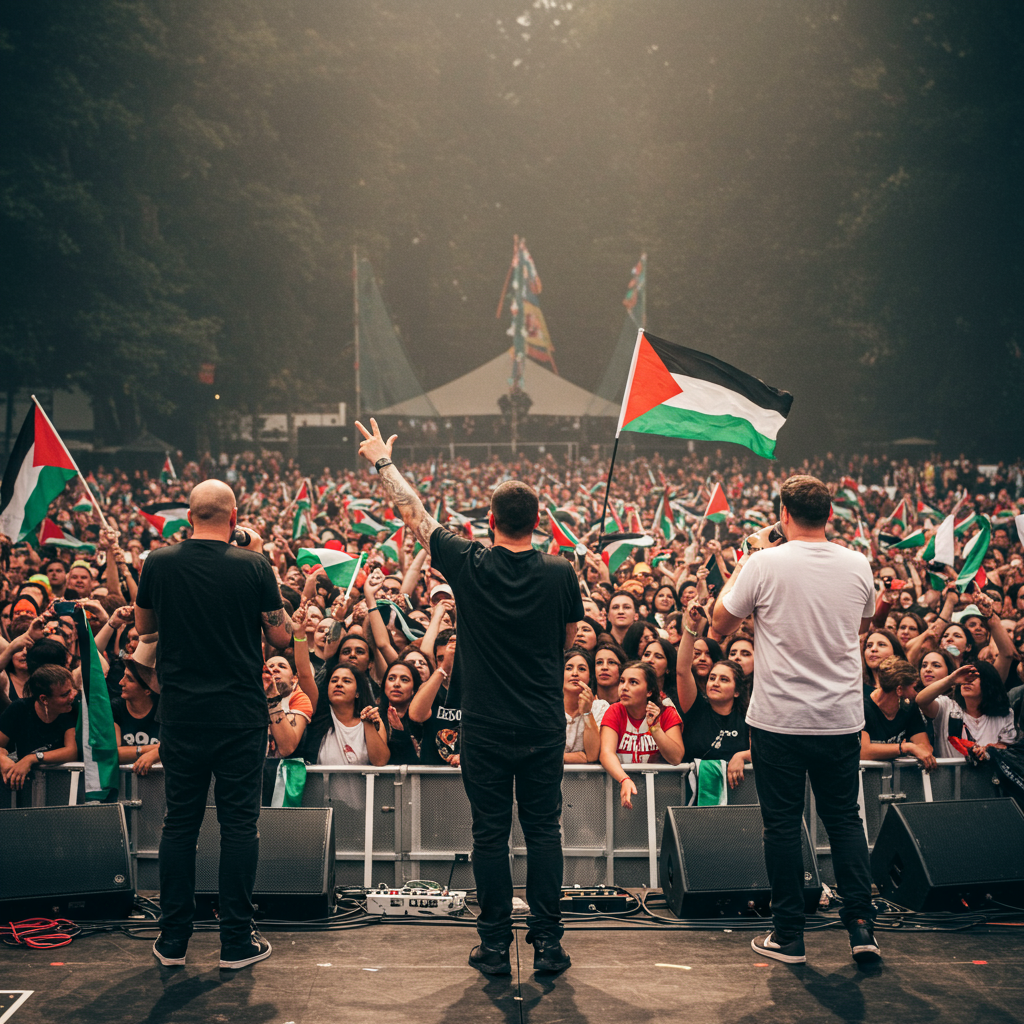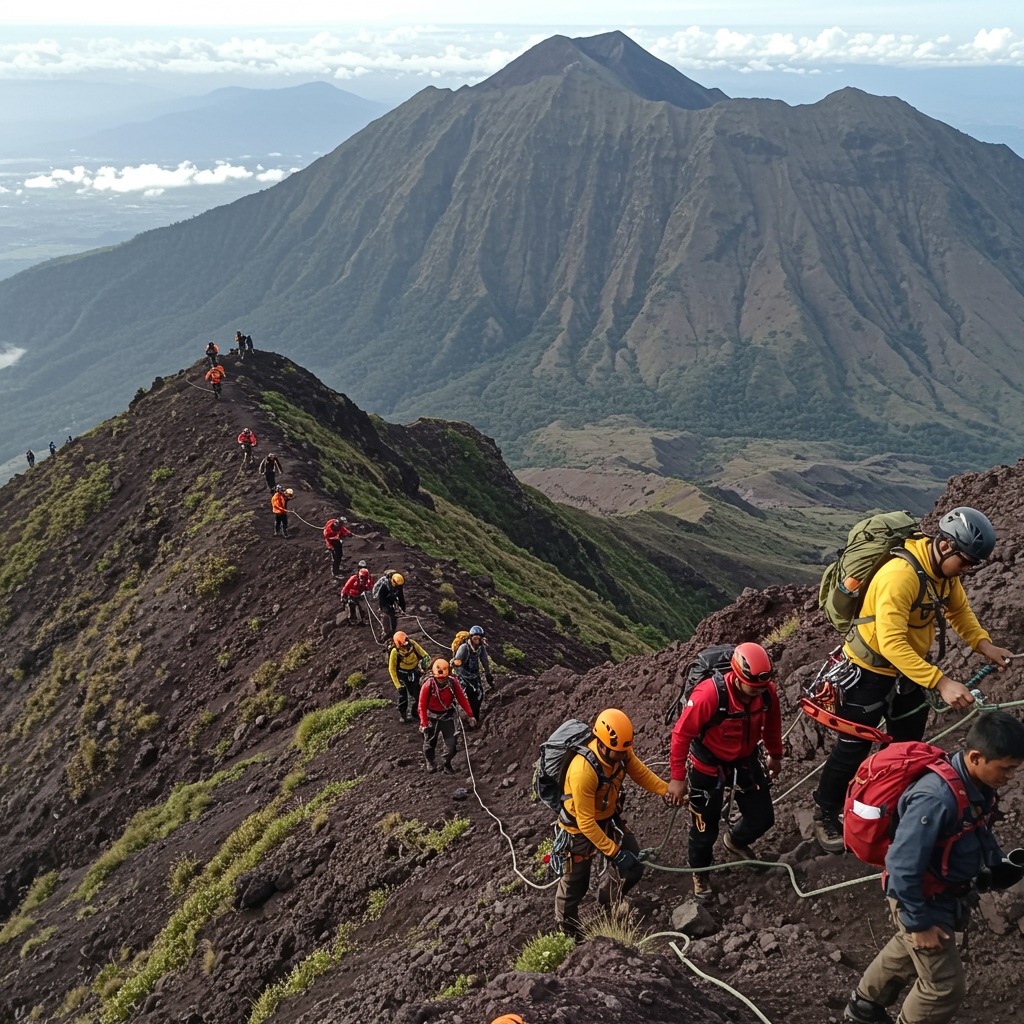The desperate search for food and nutrition has become a deadly undertaking for civilians in Gaza, a grim reality underscored by the tragic death of children waiting for aid at a health clinic. This specific incident, occurring amidst widespread hunger and a restricted aid flow, highlights the extreme dangers faced by families simply trying to survive.
The morning of Thursday, July 3rd, 2025, began with two-year-old Siraj waking up hungry, prompting his mother, Iman al-Nouri, to seek essential nutritional supplements. His fourteen-year-old cousin, Sama, agreed to take Siraj and his older brothers, nine-year-old Omar and five-year-old Amir, to the Altayara health clinic in Deir al-Balah, located in central Gaza. They arrived before the clinic’s scheduled opening time of 9:00 AM, joining other women and children waiting on the pavement for vital health services and nutrition.
A Mother’s Devastating Loss
Iman, a 32-year-old mother of five, recounted the horrifying moments that followed. While her children and niece sat waiting outside the closed clinic, an Israeli strike suddenly hit nearby. “Your children, Hatim! They went to the point,” she told her husband, rushing towards the scene. The devastating aftermath revealed her sons and niece among the casualties being transported not by ambulance, which were unavailable, but on a donkey cart.
Five-year-old Amir and his fourteen-year-old cousin Sama were tragically killed in the strike. Nine-year-old Omar was gravely wounded. Iman recalled the desperate attempts to save Omar, noting he “still had some breath in him.” He urgently needed blood, but obtaining it took an hour. Despite receiving the transfusion, their efforts were “in vain,” and Omar also succumbed to his injuries. Iman’s grief was palpable as she questioned, “Why are they gone? Why? What did they do wrong?” She described them as ordinary children with simple dreams, easily made happy by a small toy. “They were just kids,” she emphasized.
The youngest, two-year-old Siraj, suffered catastrophic injuries. His head was bleeding, he had lost an eye, and doctors confirmed fractures in his skull and a major brain haemorrhage. Iman found the image of her injured toddler impossible to erase from her mind. Medics deemed his condition untreatable, leaving him dependent on oxygen. “How long can he stay like this, living on oxygen?” Iman anguished. “Two are already gone. If only he could help me hold on a little longer.” She pleaded for someone to save him, noting he remained in the same critical state hours after the strike.
The Perilous Wait for Aid
Dr. Mithqal Abutaha from Project Hope, the US-based aid group running the Altayara clinic, confirmed the strike occurred around 7:15 AM, more than an hour before the clinic was set to open. People were waiting early to be first in line for essential nutrition and health services due to the overwhelming need. CCTV footage reportedly shows the strike hitting near two men walking just metres away from the waiting women and children. Graphic videos from the scene depicted numerous dead and severely wounded children and adults. Dr. Abutaha reported that the strike killed 16 people, including 10 children and three women.
Project Hope strongly condemned the attack, labeling it a “blatant violation of international humanitarian law.” They highlighted that the Altayara clinic is a “deconflicted humanitarian facility” recognized by the United Nations, meaning no military actions should have occurred nearby. The organization stated the incident was a stark reminder that “no one and no place is safe in Gaza.” Dr. Abutaha found it “unbearable” that people were killed precisely where they sought “basic humanitarian and human rights.” He questioned the sincerity of the Israeli military’s expression of regret, stating it could not undo the loss of life.
Wider Context: Gaza’s Deadly Aid Crisis
The tragic events at the Altayara clinic are not isolated but occur within a broader pattern of extreme danger for civilians seeking assistance in Gaza. The territory faces severe shortages of food, medicine, and fuel, a consequence of a prolonged Israeli blockade that intensified in March 2025. While the blockade was partially eased in late May amid warnings of impending famine, the humanitarian situation remains dire.
Aid organizations like the UN agency for Palestinian refugees (UNRWA) report thousands of malnourished children, with cases identified daily. Project Hope has also observed an alarming increase in malnutrition among adults, a trend not seen before in Gaza. Families like Iman’s relied on supplements from clinics because they couldn’t get enough food otherwise. Iman noted that her husband risked his life just to find flour, an act that filled her with dread. The desperation for basic provisions is so extreme that a child crying from hunger prompts a dangerous journey.
Seeking Food Becomes a Death Sentence
Reports indicate that seeking food or aid has become one of the most dangerous activities for Palestinians. The UN human rights office recorded 798 killings of people attempting to get food aid by early July 2025. A significant majority, 615 of these deaths, occurred near sites operated by the Gaza Humanitarian Foundation (GHF). The GHF is a new system established with Israeli and US support, operated by US private security contractors within military zones, and intended to bypass traditional aid networks like UNRWA, which Israel claims Hamas diverts aid from (a claim denied by the UN and aid groups). Another 183 deaths occurred near UN and other aid convoys.
Witness accounts from Gaza paint a harrowing picture of aid distribution points becoming “death traps.” People describe treacherous journeys to reach these sites, involving long, dangerous walks under potential fire. Survivors recount chaos, gunfire, and violence directed at crowds desperately waiting for food. Some report Israeli troops opening fire on unarmed civilians near distribution sites or military zones where aid trucks arrive, even when no immediate threat is perceived. Tragically, within days of the GHF sites beginning operation in May 2025, multiple deadly incidents occurred, including one report of 27 deaths at a single site and Red Cross reports of hundreds of casualties, including over 50 killed and 400 injured at GHF sites over a three-day period in June. The GHF has acknowledged Israeli military actions caused casualties among those they claim moved “beyond the designated safe corridor,” while the Israeli military has stated it fired near a centre targeting people “moving towards them.”
Other deadly incidents highlighted by recent reports include Israeli strikes that killed dozens while seeking aid or sheltering. In late June/early July alone, 45 out of 94 Palestinians killed by Israeli strikes and shootings were attempting to access humanitarian aid. Specific incidents included a tent camp strike killing 13, including children; a strike near a falafel stand killing eight, including a 6-year-old girl; and a strike on a school sheltering displaced people killing 15. Additionally, five people were killed on roads leading to GHF sites, and 40 were killed waiting for UN aid trucks in various locations. This pattern of violence has led human rights organizations like Amnesty International to accuse Israel of using starvation as a weapon of war and labeling the GHF system a “deadly, dehumanizing… ‘aid’ scheme” that turns aid-seeking into a “booby trap for desperate starved Palestinians.” Israel has rejected these accusations.
Beyond the direct violence, complexities in aid delivery are exacerbated by reports of looting. While established aid agencies have faced access restrictions, some distributed aid, particularly in southern areas like Khan Younis, has reportedly been stolen by armed gangs, preventing it from reaching medical facilities like Nasser Medical Complex. This further complicates an already dire situation where desperate civilians face the dual threat of violence while seeking aid and insufficient aid reaching those who need it most.
International Response and Stalled Hopes
The Israeli military stated it targeted a “Hamas terrorist” in the strike near the Altayara clinic and regretted any harm to “uninvolved individuals,” adding that the incident was under review. More broadly, the military has stated it recognizes incidents where civilians were harmed and is working to minimize “possible friction between the population and the [Israeli] forces.”
Despite ongoing discussions about potential ceasefires and hostage releases, hopes remain fragile. Palestinian officials have reported significant gaps in indirect talks, leaving agreements on the brink of collapse. Dr. Abutaha called on Israel to allow enough aid – food, medicine, and fuel – to meet everyone’s basic needs and allow for a “dignified life.” Iman’s despair reflected the community’s exhaustion, stating talks of a ceasefire meant little after her children were gone. “They’ve killed us through hunger, through gunfire, through bombs, through air strikes. We’ve died in every possible way,” she lamented, expressing a desire for divine solace over the current reality.
Frequently Asked Questions
What happened in the Israeli strike near the Altayara clinic in Deir al-Balah?
On July 3rd, 2025, an Israeli strike hit near the Altayara health clinic in Deir al-Balah, central Gaza. The strike occurred around 7:15 AM while women and children were waiting outside for the clinic to open at 9:00 AM to receive nutritional supplements and health services. The attack resulted in 16 deaths, including 10 children and three women, among them three young siblings (ages 2, 5, and 9) and their 14-year-old cousin. The clinic is a UN-recognized humanitarian facility.
What is the current situation regarding hunger and malnutrition in Gaza?
Gaza is facing a severe humanitarian crisis with widespread hunger and increasing malnutrition. Due to prolonged restrictions on aid entry, there are critical shortages of food, medicine, and fuel. Aid organizations like UNRWA and Project Hope report thousands of malnourished children and a rise in adult malnutrition cases. Many families rely on limited aid distributions or supplements as they cannot obtain sufficient food otherwise, leading to dangerous journeys to aid points.
Why is it dangerous for civilians to seek aid in Gaza?
Seeking aid in Gaza has become extremely perilous due to ongoing conflict and dangers near aid distribution sites. Reports from the UN human rights office indicate hundreds of Palestinians have been killed while attempting to get food aid, particularly near sites operated by the US-backed Gaza Humanitarian Foundation (GHF) and near UN aid convoys. Witnesses and aid groups report frequent gunfire directed at crowds waiting for aid, describing these locations as “death traps.” Critics argue the GHF system, operating within military zones with security contractors, exposes civilians to extreme risk.
The tragic death of children waiting for aid in Deir al-Balah is a devastating example of the high cost paid by civilians in Gaza, where the basic human need for sustenance has been turned into a fight for survival under fire.



